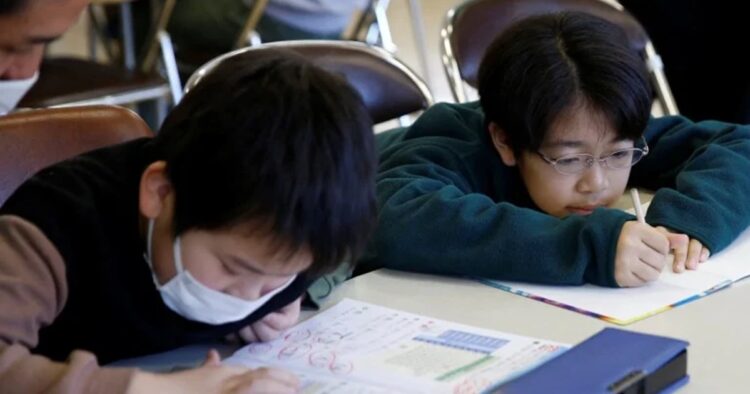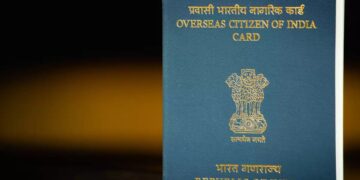In a bid to address the declining birth rate in Japan, the cabinet has greenlit a bill to extend monthly child allowances to high school-aged children. Prime Minister Fumio Kishida spearheaded this move to counteract the sharp decrease in the country’s birth rate. Under this plan, the income limit for households receiving these benefits will be eliminated, and a new funding scheme will be established. This scheme will require each individual to contribute an additional 300 to 500 yen (approximately US$2-3.30) through monthly health insurance premiums starting from the fiscal year 2026.
Starting October this year, youths aged between 16 and 18 will become eligible to receive 10,000 yen per month. Additionally, the current monthly allowance for the third child and beyond will be doubled from 15,000 yen to 30,000 yen.
Child allowances aim to support parents and guardians of children up to the age of 15, typically when many complete junior high school in Japan. Ayuko Kato, a minister overseeing child policy, emphasized the government’s commitment to providing comprehensive support and significantly increasing benefits for households raising children.
The decline in the number of children in Japan is often attributed to delayed marriages and financial concerns. The government under Kishida perceives the period leading up to the 2030s as a crucial window to reverse this trend. To this end, the government plans to elevate annual spending on childcare to 16% of the gross domestic product (GDP), up from the current 11%. This level of investment aligns with countries like Sweden, renowned for their robust child-related support systems.
Despite Japan’s financial challenges and burgeoning social security costs due to its aging population, the government is determined to prioritize childcare initiatives.
The implementation of the new “child support fund” underscores the belief that costs should be shared more equitably to address the shared challenge of increasing the birth rate. Initially targeting 600 billion yen, the government aims to ramp up this fund to 1 trillion yen by the fiscal year 2028.
Further measures include enhancing benefits for low-income single parents with three or more children and ensuring improved benefits for those taking childcare leave. Recognizing the critical role of daycare facilities for working parents, the government plans to expand childcare support for children aged 6 months to 2 years and make these services universally accessible regardless of employment status, starting April 2026.
Japan, once experiencing a baby boom with around 2.09 million newborns in 1973, has witnessed a significant decline in birth rates, dropping below 1 million in 2016 and dipping below 800,000 in 2022 for the first time. With these measures, the government aims to reverse this trend and foster a more conducive environment for raising children in Japan.

















Comments